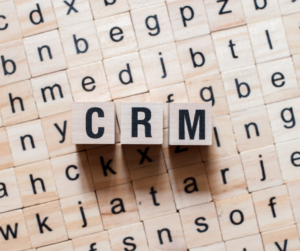Lockdowns due to the pandemic have caused temporary and long-term business closures, bringing drastic changes in the way people live and work. Lockdowns have also caused disruption in the delivery of goods. Commodities and raw materials have seen bottlenecks, fueling uncertainty.
But those who have been working in supply chains are no strangers to facing high-pressure and demanding situations. Over the course of their careers, they have experienced item shortages, production stoppages, delivery challenges, cost and profit pressures, cash flow problems, quality issues, supply-demand gaps, and other crises and disasters, in varying degrees.
They would be inclined to find solutions to the problems created by the COVID-caused disruptions.
These seasoned supply chain workers would know the two areas in which the new normal would be most pronounced. They are the following:
E-Commerce activity will be greater.
There have been temporary and permanent closures of physical stores, restaurants, and sales outlets. Companies have experienced a decrease in the sale of their goods and services. E-Commerce has served to provide an alternative to both buyers and sellers alike, providing both safety and convenience in the process.
E-Commerce has been around even before the pandemic, but as people stayed indoors, they realized it was a need rather than something nice to have. Thus, a surge in demand in e-commerce transactions should make companies focus not only on their products, but on how these products can get to their customers’ location swiftly and securely.
Automation will save the day.
Robots have long been used for manufacturing, but Artificial Intelligence should now be considered in all functions of the business, in whatever industry that business could be. In areas where AI is applicable, it could greatly reduce error, generate savings, and enhance efficiency.
With human movements and interactions greatly restricted, automation is a viable option in, for example, processes that need manual data entry or data collection. Analysis must shift to sensors, big data, predictive analytics, and artificial intelligence. Supply chain managers and decision makers will find themselves relying on the “superhuman” capabilities of AI in the absence of people and old processes.
Automation also includes the use of cloud-enabled tools and systems that would enable supply chain managers to know the details of every transaction at any time of day and any location. In this age of uncertainty, visibility spells the difference between winning and losing.
**
Decision makers in supply chain operations have no doubt given these developments serious thought in a bid to survive the challenges brought by the pandemic. Eventually, however, these developments will no longer be a means to stay afloat during this crisis. In the years to come, under the new normal, this will exactly be how supply chains will be run.
Boosting supply chain operations now, when volume of activity is relatively low, is good preparation for the economic rebound once the virus has been beaten and as societies and economies come back to life. Supply chain managers should not even be thinking about the present. They should have their minds set on how the future would look, and how they could operate stronger and better when the global crisis is over.





